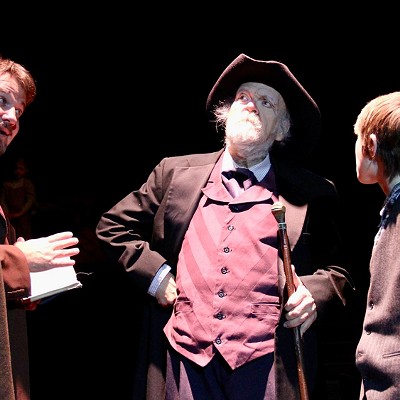
Fallin hasn’t directly opposed the initiative petition drive, but she doesn’t plan to endorse it either, according to her spokesman, Alex Weintz.
Instead, the governor has commented that money used for storm shelters will reduce funding for other educational needs.
“She’s just trying to inject some form of realism here,” Weintz said.
However, storm shelter supporters contend that isn’t true. They argue that using the state’s franchise tax as a funding source would not impact public education funding.
Kathy Turner, chairwoman of nonprofit Take Shelter Oklahoma, said in a statement, “The fact is no program at any level of the state government has been funded by the franchise tax since 2008. For the governor to misrepresent the franchise tax as a source of current revenue for program spending is really disappointing.”
Take Shelter Oklahoma is the lead group advocating for storm shelters in every Oklahoma public school and is comprised of citizens and elected officials. The movement began after the May 20 tornadoes that killed seven children at Plaza Towers Elementary School in Moore.
Storm shelter supporters still are collecting the required 160,000 signatures needed to put the issue on the November 2014 ballot. So far, about 60,000 Oklahomans have signed the petition.
However, the measure hit a roadblock when the initial ballot language submitted by Take Shelter Oklahoma was rejected and then rewritten by Oklahoma Attorney General Scott Pruitt.
David Slane, attorney for Take Shelter Oklahoma, has asked the state Supreme Court to nullify Pruitt’s version and reinstate the original ballot language, which focused on the need for more storm shelters. Pruitt’s wording centered on the franchise tax, which would be used to finance the project. The franchise tax has been a source of controversy in the Oklahoma Legislature for several years, with the State Chamber of Commerce pushing for its elimination.
The Oklahoma Supreme Court will hear oral arguments in the case Dec. 18, two days after the deadline for obtaining the required 160,000 signatures.
The lawsuit filed by Slane alleges Pruitt did not submit a response to the petition’s ballot language within five business days, as required by state law. The attorney general is charged with verifying that all initiative petitions meet lawful requirements.
“The attorney general commends those trying to find a way to protect Oklahoma students from severe and dangerous weather,” said Diane Clay, spokeswoman for the attorney general.
The tornadoes occurred in May, and it’s already November and she doesn’t have a plan.
— David Slane
“Changes to a proposal should not be considered an opinion for or against a proposal. When the AG finds that the ballot title does not comply with the law, he is required to rewrite it.”
Governor’s denial Weintz denied Fallin had a role in Pruitt’s decision to reword the ballot language.
“That’s not something we’d get involved in. How the ballot language is written is under the AG’s purview. The governor doesn’t have a role in that,” Weintz said.
However, Slane thinks Fallin is dragging her feet on the storm shelter issue.
“The tornadoes occurred in May, and it’s already November and she doesn’t have a plan,” he said. “Maybe it’s not a priority for her. If she can get tort reform passed in a special session, she can do something about this. Children’s safety is a lot more important than tort reform. I submit she doesn’t care.”
Fallin previously commented that storm shelters should be a local issue decided by individual boards of education.
“Local school districts in Oklahoma have the ability to appropriate funds for items like storm shelters,” Weintz said.
Historically, most districts do not call for general obligation bond issues unless they can be approved without raising property taxes. Legally, a district cannot ask for voter approval of another bond issue if the district already has hit its maximum bonding capacity.
Weintz claimed Fallin has a plan but offered no timetable for its implementation.
The governor’s spokesman said she is working with representatives from the Federal Emergency Management Agency (FEMA) to develop a comprehensive school safety plan for each Oklahoma district. According to Weintz, assessment teams currently are evaluating student safety needs in each public school.
“The process is necessary,” he said.
“It’s the first step before dedicating substantial state revenues.”
According to a SoonerPoll.com survey in June, more than 87 percent of respondents support requiring primary schools to have a specifically designed storm shelter.
A statewide survey shows more than 506,000 students, teachers and staff are not protected from severe weather. The report, State of Storm Shelters in Oklahoma Public Schools, shows 1,109 (61.5 percent) state schools have no refuge or safe area of any kind.











